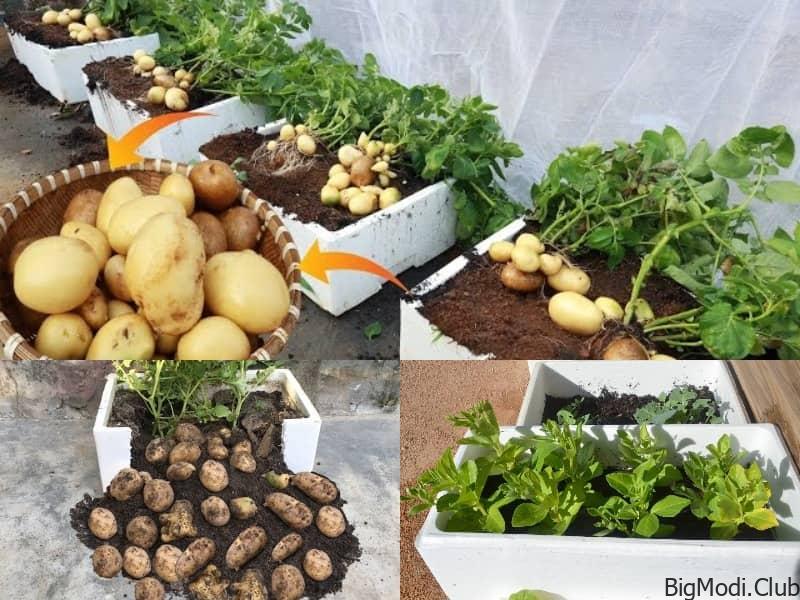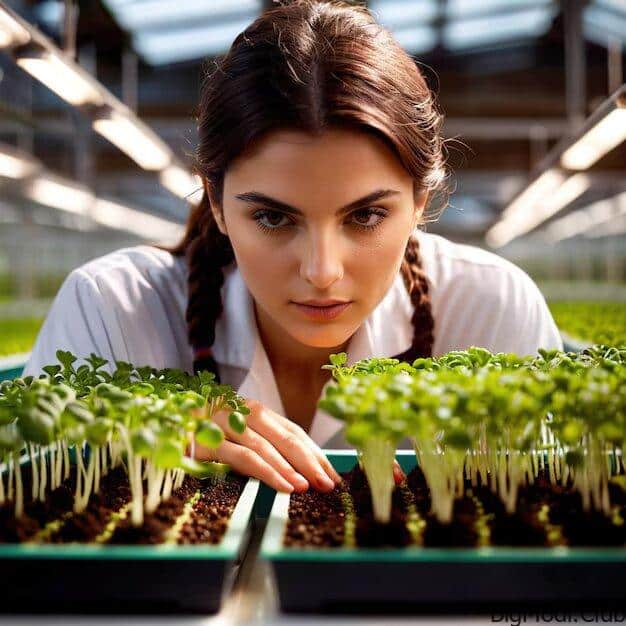Growing potatoes in Styrofoam boxes is an innovative and space-saving method, perfect for urban gardeners or those with limited garden space. Whether you’re a seasoned gardener or just starting out, this method is an excellent way to cultivate your own fresh potatoes. Let’s dive into the step-by-step process of growing potatoes in Styrofoam boxes.
Why Use Styrofoam Boxes?
Styrofoam boxes are lightweight, easy to move, and provide good insulation, keeping the soil temperature stable. They are also inexpensive and can often be found for free from local grocery stores or markets. These boxes are perfect for growing potatoes, as they allow for adequate drainage while retaining enough moisture to help your potatoes thrive.
Materials Needed
- Styrofoam Box: Choose a deep box, at least 12-18 inches deep, to give the potato tubers enough room to grow.
- Seed Potatoes: Select healthy, certified seed potatoes for the best results.
- Potting Mix: A well-draining potting mix with compost or organic matter is ideal.
- Fertilizer: A balanced fertilizer, such as 10-10-10, will help nourish the plants as they grow.
- Watering Can: For consistent watering.
- Garden Trowel: To help with planting.
Step-by-Step Guide
- Prepare the Styrofoam Box:
- Poke holes in the bottom of the Styrofoam box to ensure proper drainage. Without adequate drainage, the soil can become waterlogged, leading to rotting tubers.
- Fill the box with about 4-6 inches of potting mix. This will serve as the base layer for your seed potatoes.
- Plant the Seed Potatoes:
- Cut the seed potatoes into pieces, ensuring each piece has at least one or two eyes (buds).
- Place the seed potato pieces on the soil, spacing them about 6-8 inches apart.
- Cover the seed potatoes with another 4 inches of soil, gently patting it down.
- Watering and Fertilizing:
- Water the soil thoroughly after planting, ensuring it is moist but not soggy.
- Continue to water regularly, keeping the soil consistently moist. As the plants grow, you may need to increase the frequency of watering, especially during hot weather.
- Fertilize every 2-3 weeks with a balanced fertilizer to provide essential nutrients for growth.
- Add More Soil:
- As the potato plants grow and reach about 6-8 inches in height, add more soil to the box, covering the stems but leaving the top leaves exposed. This process, known as “hilling,” encourages the development of more tubers.
- Continue to add soil as the plants grow, repeating the hilling process until the box is nearly full.
- Harvesting:
- Potatoes are usually ready to harvest 10-12 weeks after planting, once the plants start to flower and the foliage begins to yellow and die back.
- Carefully dig into the soil with your hands or a garden trowel to harvest the potatoes. Be gentle to avoid damaging them.
- Allow the harvested potatoes to cure in a cool, dark place for a few days before storing them.
Tips for Success
- Sunlight: Place the Styrofoam box in a sunny spot where the potatoes can receive at least 6 hours of sunlight daily.
- Pest Control: Watch for common potato pests like aphids or potato beetles. If necessary, treat the plants with organic insecticides or remove pests by hand.
- Storage: Store your harvested potatoes in a cool, dark, and well-ventilated area to extend their shelf life.
Protection Against Pests and Diseases
One often overlooked benefit of utilizing Styrofoam boxes is the inherent protection they offer against pests and diseases. The enclosed structure acts as a natural barrier, shielding the potato plants from potential threats such as soil-borne pathogens and pest infestations. This reduced risk of disease transmission and pest damage contributes to higher yields and healthier potato crops.
Growing potatoes in Styrofoam boxes is not only a sustainable way to repurpose materials but also a rewarding gardening experience. With the right care and attention, you can enjoy a bountiful harvest of homegrown potatoes, even in small spaces. Happy gardening!


